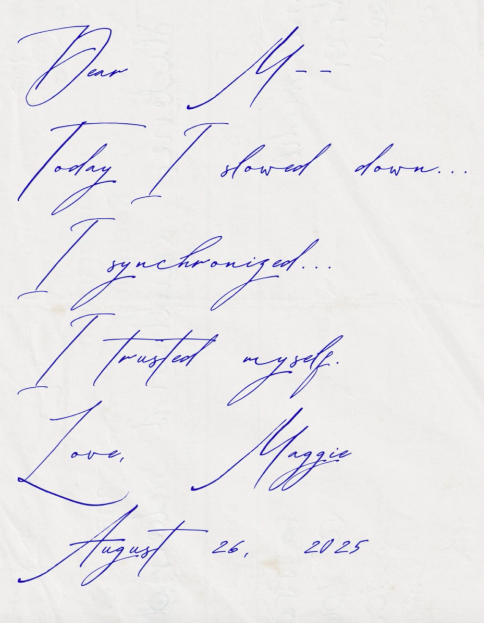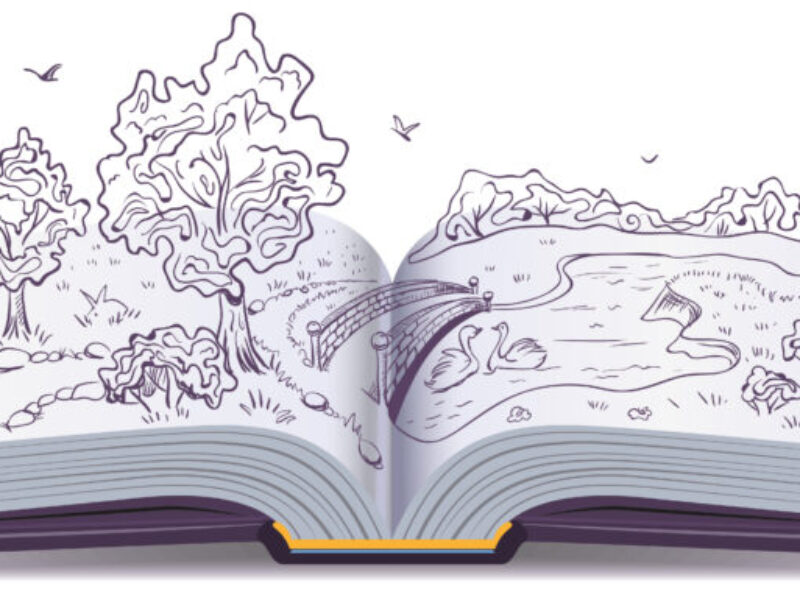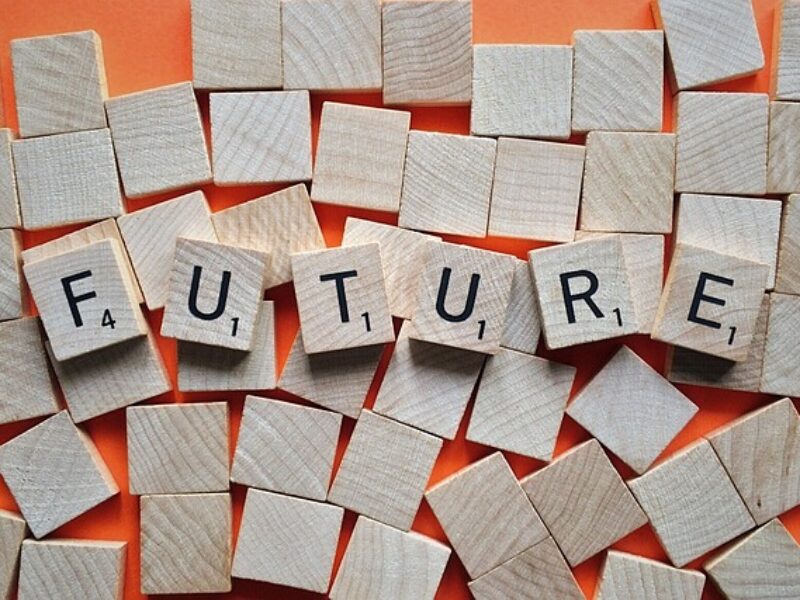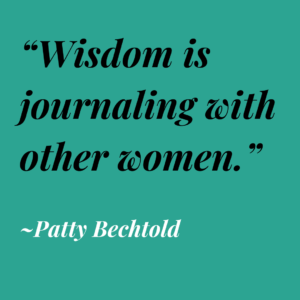For a trauma survivor such as myself, I have noticed that I continue to retell my story (to therapists, coaches, my partner) and retell it with different journaling tools (e.g., the dialogue tool to talk to my grandmother; the clustering tool to install positive memories about family). It feels like I am putting the pieces of me back together every time I learn a new insight or find a rich angle that is different from before.
And did you know that researchers have found that it is both the emotional expression and storytelling elements from the journaling experience that have been linked to health benefits?
The findings from a 2010 study conducted at University at Albany (SUNY) suggest that both emotional expression and narrative structure may be key elements linked to expressive writing mental health benefits, including a decrease in symptoms of stress and depression.
In this study, 101 college students were randomly assigned to 3 writing groups:
- Group 1: Expressive writing (EW) group
- Group 2: Narrative writing (NW) group: expressive writing group with narrative structure instructions
- Group 3: Control group
The EW group wrote about a stressful or traumatic event in their life. The NW group wrote about a stressful or traumatic event in their life and were given instructions on how to structure it. The control group gave a factual description of the inside of their apartment/house.
Participants wrote for 20 minutes on the first day and 20 minutes two days later.
One month later, students self-reported symptoms of stress and depression, as well as levels of emotionality when writing. Outside judges assessed the level of narrative structure.
The researcher’s results found that:
- The essays in the NW group evidenced higher levels of narrative structure than those in the EW group.
- Greater narrative structure was linked to mental health gains.
- Self-rated emotionality of essays was linked to lesser perceived stress at follow-up.
- Both the NE and EW reported similar lower levels of perceived stress and depressive symptoms.
If you are a trauma survivor (I’m thinking of those who have experienced PTSD, developmental trauma, or childhood adverse experiences), I can relate to you if you feel that being able to tell one’s story coherently is a great relief.
Those who tell their stories can be reassured by the fact that physical and mental benefits should follow during the difficult task of writing about trauma, namely reduced symptoms of depression and perceived stress. I feel that reassurance alongside you!
Here is the study I referenced:
Danoff-Burg, Sharon et. al (2010). Does Narrative Writing Instruction Enhance the Benefits of Expressive Writing?, Anxiety, Stress & Coping, 23:3.











